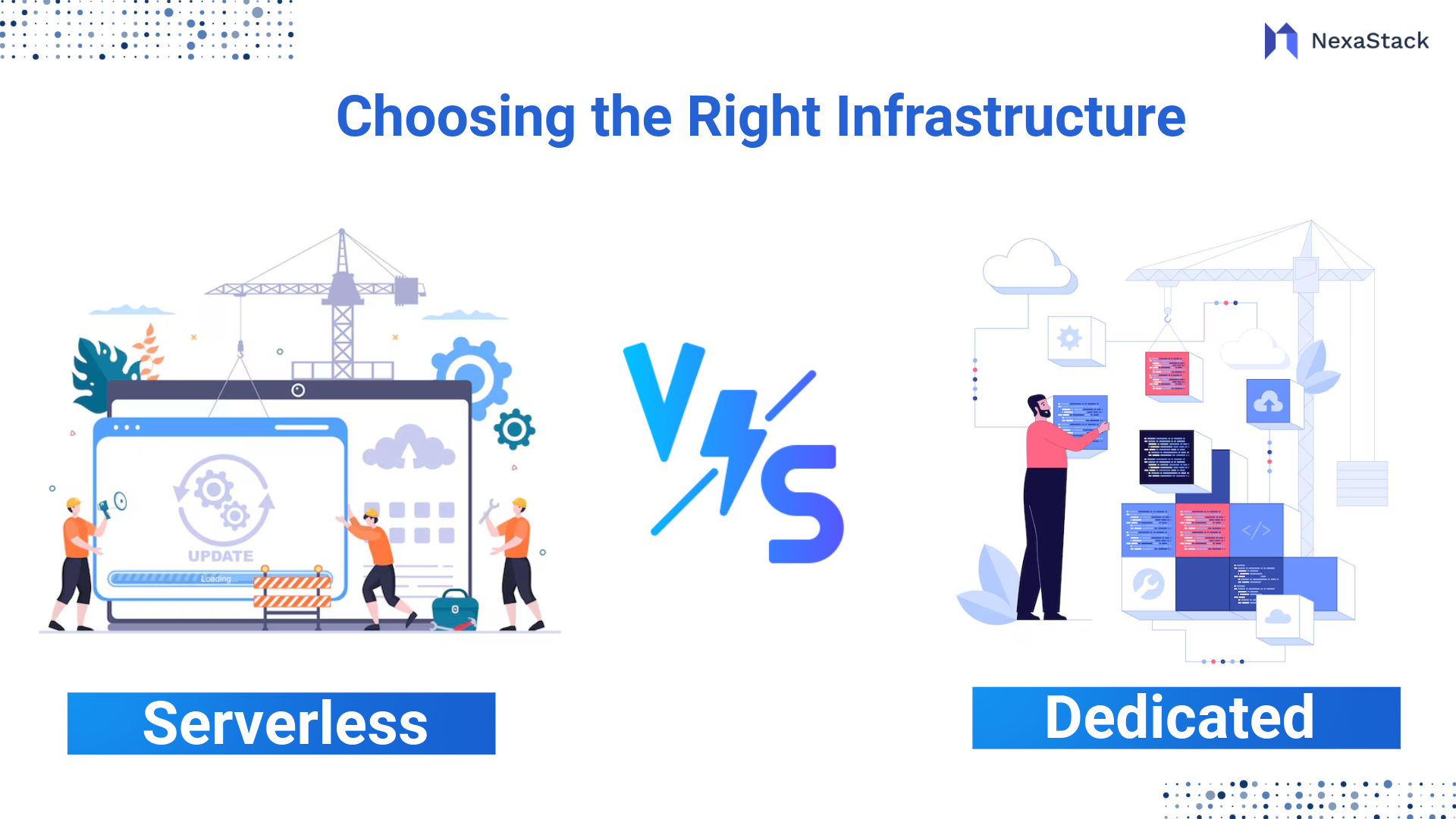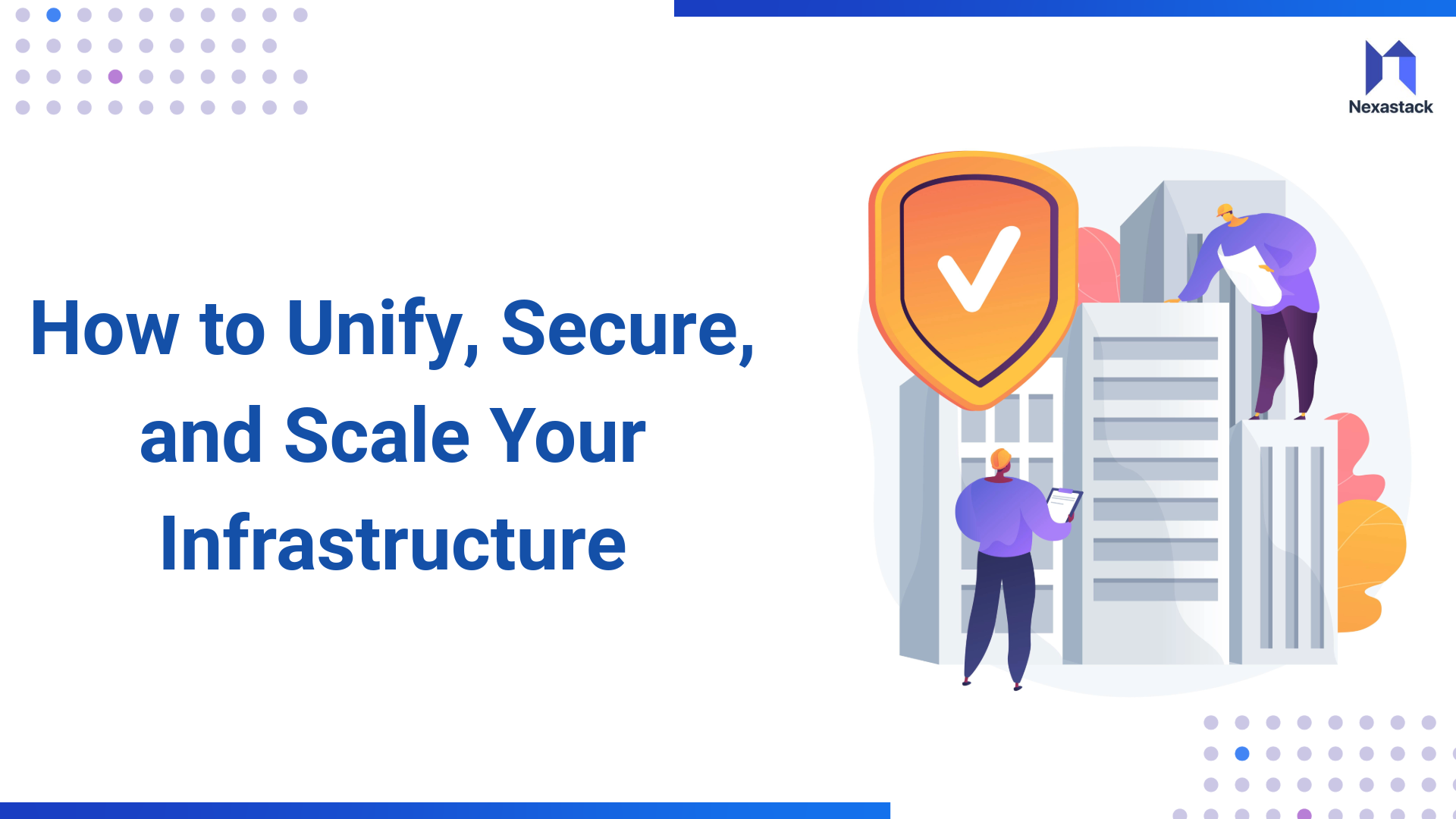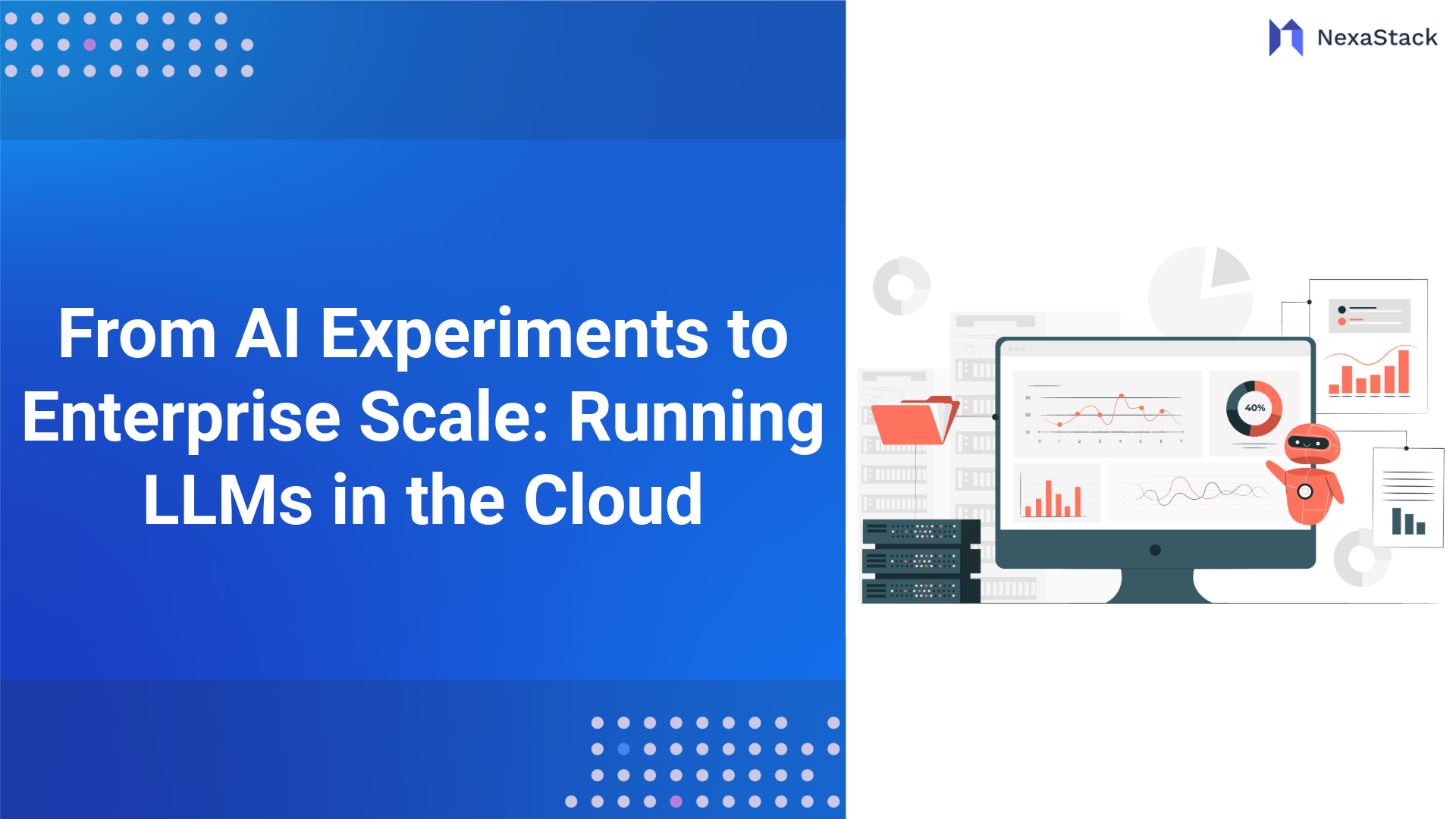Achieving Full-Spectrum Security for Enterprise AI
As AI agents become more autonomous and central to enterprise operations, security must be embedded at every layer of the AI infrastructure. Protecting AI systems goes beyond traditional cybersecurity; it requires specialised controls and proactive strategies to address unique risks such as data poisoning, adversarial attacks, model theft, and compliance with evolving regulations like GDPR and HIPAA.
Data quality and oversight are foundational. To counter data poisoning, organizations should implement rigorous validation protocols, real-time monitoring of data pipelines, and anomaly detection to identify threats before they compromise model integrity. Using diverse and representative training data, as recommended by Google AI, further reduces vulnerabilities.
Defending against adversarial attacks is critical. Techniques like adversarial training help AI agents resist manipulation. Adding preprocessing layers to filter out suspicious data and regularly hardening models with input validation and anomaly detection are also essential.
Safeguarding intellectual property and privacy means encrypting models and data both at rest and in transit, using robust authentication like API keys and multi-factor authentication, and monitoring for unusual access patterns that could signal attempted theft. Role-based access controls (RBAC) and the principle of least privilege should be standard, ensuring only authorized users and agents can access sensitive resources.
Privacy-preserving techniques such as differential privacy and data anonymization protect sensitive information handled by AI agents. Regular audits and compliance checks are necessary to meet regulations and to identify potential breaches early.
Zero-trust security principles are increasingly vital for AI environments. Microsoft highlights this approach, which requires continuous verification of users, devices, and data interactions before granting access to AI-powered applications, minimising the risk of unauthorised access or lateral movement within the system.
Continuous monitoring and incident response are crucial. Automated tools like IBM QRadar or AWS GuardDuty should detect unusual behaviour, adversarial activity, or data drift in real time. Establishing a robust AI incident response plan ensures that any breaches or failures are quickly contained and remediated.

Fig 2. Multi-Layered Security Framework for Enterprise AI
AI governance and security frameworks such as NIST AI RMF, Microsoft’s AI security guidelines, and MITRE ATLAS provide structured approaches for assessing and mitigating AI-specific risks. Forming an AI governance board that includes business, IT, cybersecurity, and legal experts can help ensure ethical, accountable, and compliant AI operations.
Table 1. Key Security Strategies for Enterprise AI
|
Security Area |
Recommended Actions & Tools |
|
Data Quality & Validation |
Real-time pipeline monitoring, anomaly detection, diverse datasets (Google AI) |
|
Adversarial Defense |
Adversarial training, input validation (Microsoft Research) |
|
Access & Identity Management |
RBAC, API keys, MFA (Google Cloud API Keys) |
|
Privacy & Compliance |
Differential privacy, anonymization, regular audits (GDPR, HIPAA) |
|
Continuous Monitoring |
Automated threat detection (IBM QRadar, AWS GuardDuty) |
|
Governance & Frameworks |
NIST AI RMF, MITRE ATLAS, Microsoft AI Security (NIST AI RMF) |
By adopting these layered, proactive measures and leveraging industry-leading tools, enterprises can secure their AI agents and systems from end to end, protecting business value, maintaining trust, and staying ahead of emerging threats.
Scaling AI with Smart Infrastructure Management
As AI agents become more deeply embedded in business operations, the ability to scale infrastructure intelligently is critical for sustained performance, agility, and resilience. Scaling is not just about adding more resources; it involves creating an environment where AI agents can adapt to changing workloads, maintain reliability, and comply with security and governance requirements.
-
Adopt a lifecycle approach to scaling: Frameworks such as NIST’s AI Risk Management Framework, Google’s Secure AI Framework (SAIF), and OWASP AI Security and Privacy Guide recommend managing AI systems across all phases—from development and testing to deployment and ongoing operation. This includes regular risk assessments, continuous monitoring, and proactive updates to address emerging threats and operational needs.
-
Leverage automation and orchestration platforms: Tools like Databricks Lakehouse, Google Vertex AI, and Pure Storage AIRI enable organisations to automate resource allocation, data processing, and model deployment. Automation reduces manual intervention, increases consistency, and allows AI agents to scale efficiently as demand grows.
-
Implement robust monitoring and threat detection: According to CISA’s AI Data Security Best Practices, continuous monitoring of infrastructure and AI agent behavior is essential for early detection of anomalies, performance issues, or security threats. Using solutions like IBM QRadar or AWS GuardDuty helps organizations maintain visibility and quickly respond to incidents.
Best Practices for Seamless AI Operations
Enterprises need to follow a set of proven best practices to keep AI agents running smoothly and responsibly. Start with comprehensive model documentation, capturing details like data sources, training history, and intended use cases—this is increasingly required under regulations such as the EU AI Act and NIST AI RMF. Regularly assess the impact of your AI agents, using frameworks like the OECD AI Principles, to identify and mitigate risks before deployment.
Human oversight remains key, especially for high-stakes hiring, lending, or healthcare applications. Embedding a human-in-the-loop process ensures that AI agent decisions can be validated and, when necessary, challenged. Adhering to data minimization rules under GDPR and India’s data protection laws is also essential: only collect and process data that is strictly necessary for the agent’s purpose.
Transparency is another pillar of responsible AI. Use explainability tools such as IBM AI Explainability 360 to help stakeholders and regulators understand how your AI agents make decisions. Finally, stay proactive about compliance by monitoring regulatory changes and training your teams on ethical AI use and incident response. These practices help ensure your AI operations remain secure, compliant, and trustworthy as the landscape evolves.
The Road Ahead: Building a Future-Ready AI Stack
As the landscape of enterprise AI evolves, organisations face both unprecedented opportunities and complex challenges. The next generation of AI agents will not only automate tasks but also drive strategic decisions, adapt to changing environments, and interact with customers and partners in more sophisticated ways. To stay ahead, businesses must invest in infrastructure and practices that are not just effective today but also adaptable for tomorrow. This means preparing for rapid advances in AI technology, new regulatory requirements, and the growing need for ethical, transparent, and resilient AI operations.
1. Invest in flexible, unified platforms- Choose solutions that support both on-premises and cloud deployments, like IBM AI Infrastructure and Google Vertex AI.
- These platforms simplify scaling, management, and security for AI agents as your business evolves.
- Leverage advancements in generative AI, edge computing, and composable architectures for rapid integration and innovation.
- Embrace tools that allow seamless addition of new AI capabilities as needs change.
- Integrate fairness, transparency, and ethical use into every stage of your AI lifecycle.
- Reference frameworks like NIST AI RMF and the EU AI Act to guide policy and practice.
- Encourage experimentation with new AI technologies and approaches.
- Stay informed about emerging security threats and regulatory changes.
- Promote collaboration across technical, business, and compliance teams.
- Build security into every layer of your AI stack, from data pipelines to model deployment.
- Monitor for new regulations and update policies proactively to maintain compliance.
- Design infrastructure to handle evolving workloads and business demands.
- Use automation and orchestration tools to ensure AI agents can adapt and perform reliably at scale.
Orchestrating enterprise AI is about more than just deploying models; it is the foundation for building a unified, secure, and scalable environment where AI agents can truly thrive. By integrating leading platforms such as Pure Storage, IBM AI Infrastructure, and Google Vertex AI, organizations can streamline their operations and empower both their human teams and AI agents to work seamlessly together.
Prioritising security, compliance, and responsible AI practices is essential to ensuring resilience and maintaining trust as regulatory requirements and technologies continue to evolve. Cultivating a continuous learning, collaboration, and innovation culture will help future-proof your AI stack and maximize business value. Now is the time to assess your current infrastructure, adopt proven best practices, and explore unified solutions enabling your AI agents to deliver real, lasting impact across your enterprise.






